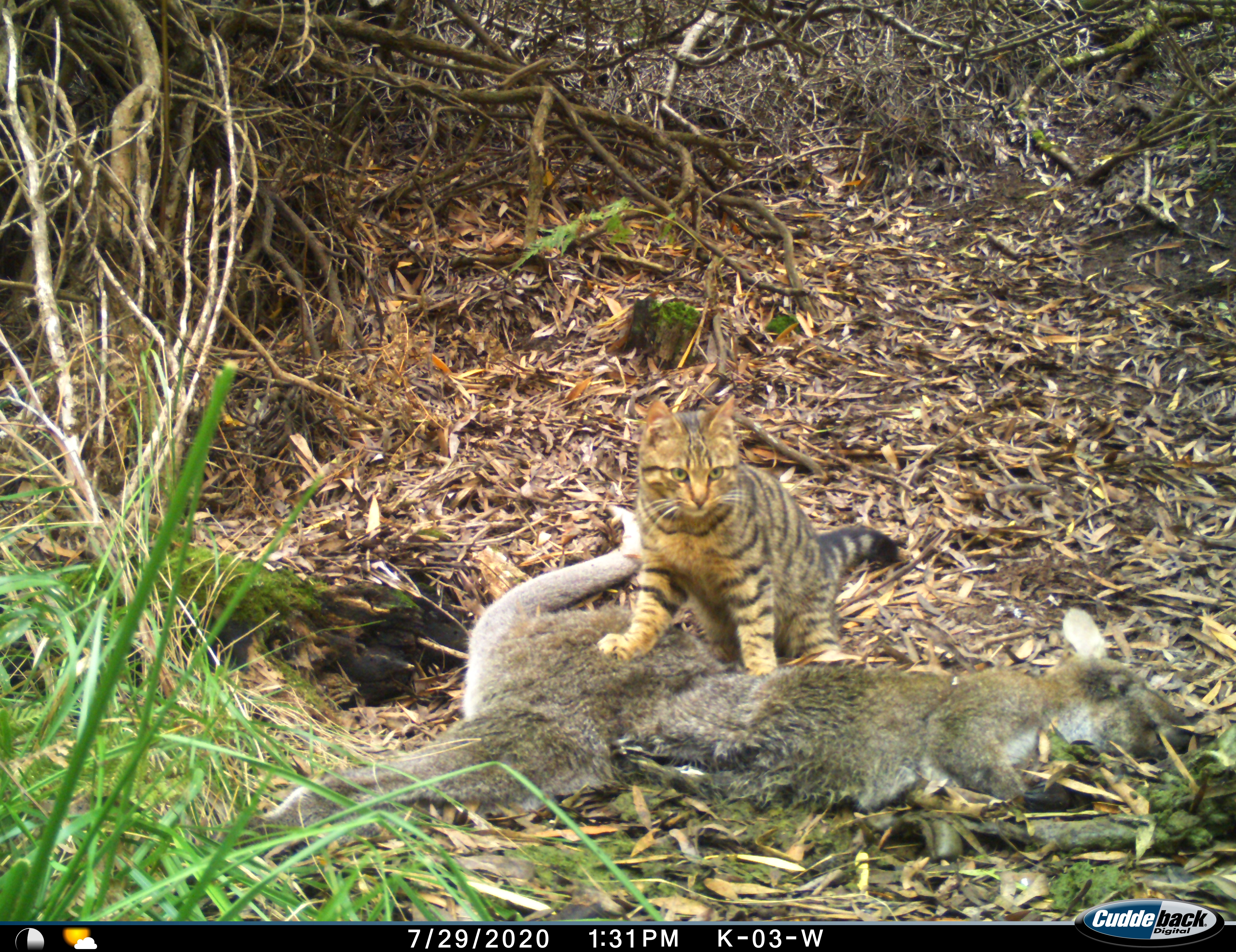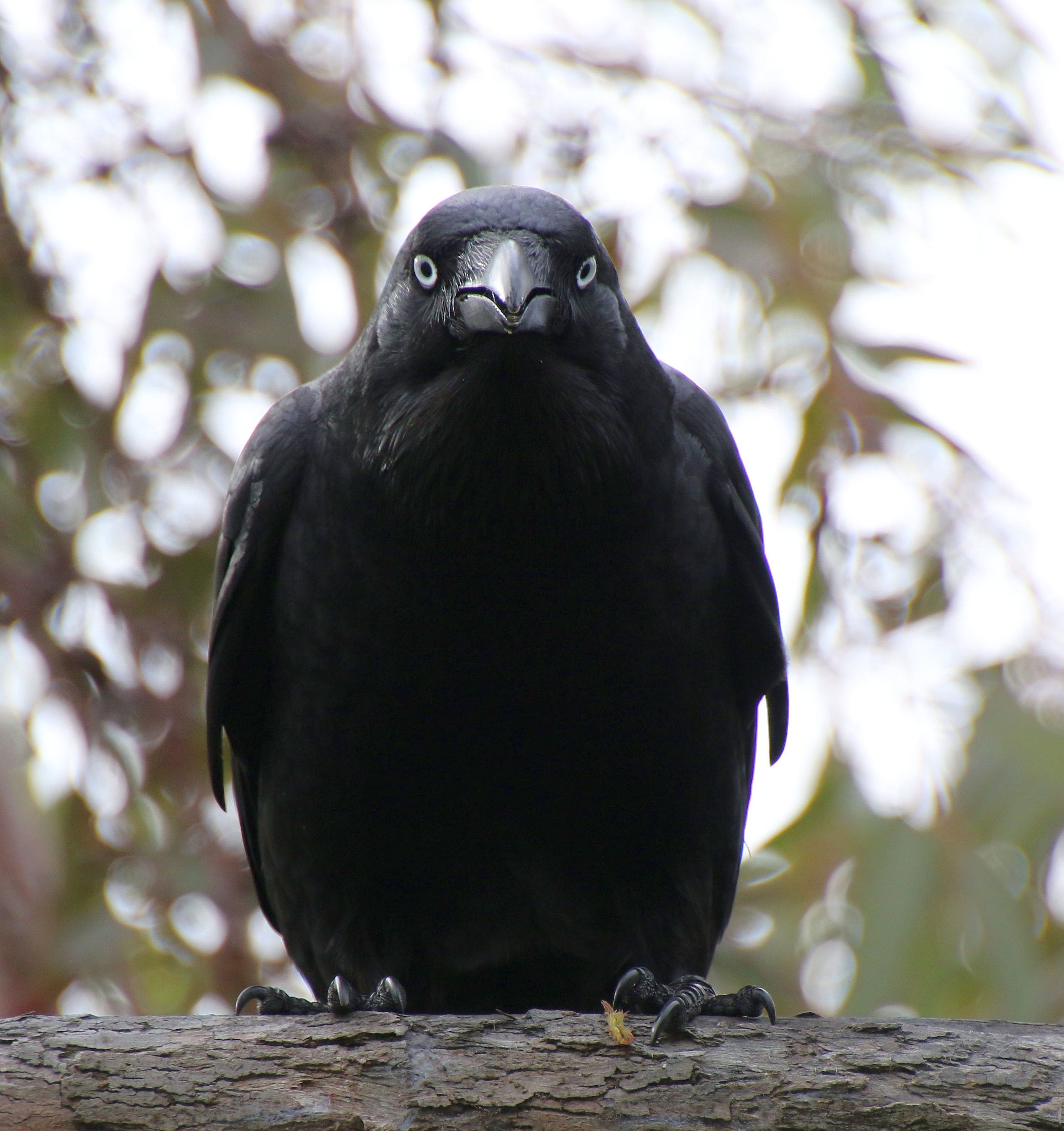University of Tasmania researcher Dr Matthew Fielding has discovered that quolls and Tasmanian Devils are needed for balance in the ecosystem.
Dr Fielding spent several years studying the decline of quoll and Tasmanian Devil Populations on Flinders and King Island in the Bass Strait.
The study has highlighted the significance of carnivore conservation and the potential benefits of rewilding for small prey species.
Led by Dr Matthew Fielding, and the ARC Centre of Excellence for Australian Biodiversity and Heritage, the study used strategically placed motion capture cameras and animal carcasses to monitor scavenger activity across three regions with varying population sizes of apex scavengers – Tasmanian devils and spotted-tailed quolls.

Where these top scavengers were absent or sparse, smaller scavengers, such as native forest ravens and feral cats, were rewarded with reduced competition and increased scavenging opportunities. Their use of carcasses was less efficient, however, leaving partially consumed carcasses to persist in the environment for longer.
“Native scavengers like the Tasmanian devil and spotted-tailed quolls play a crucial role in the environment but have experienced recent declines on the Tasmanian mainland and local extinction on the Bass Strait Islands,” Dr Fielding explained.
When these animals are removed from an ecosystem, we found that smaller scavengers, like feral cats, have greater access to food, which could lead to population growth and increased threats for small prey species such as woodland birds and small mammals.
“The Bass Strait Islands are home to some of Australia’s most endangered bird species, like the King Island Scrubtit and King Island Brown Thornbill, so it’s crucial we understand these potential threats.”
While these smaller scavengers take advantage of greater carcass access, they were unable to match the scavenging efficiency of larger specialist scavengers, like the Tasmanian devil.
“We found that carcasses persisted for the length of the study in areas without devils and quolls, which could lead to the increased risk of carrion-borne diseases, having impacts on livestock and human health. These findings show that even at low densities, native apex scavengers were able to fulfil their ecological functions.”

Our findings highlight the need for carnivore conservation and suggest that rewilding strategies - reintroducing top carnivores to areas where they are absent - could benefit small prey species and the overall health of ecosystems.
Dr Fielding said the study also adds to a growing body of evidence that feral cats actively scavenge, especially when they perceive there is little risk to themselves.
“Until recently, cats were believed to rarely scavenge. In our study, feral cats scavenged almost 50 per cent of all carcasses in areas where top carnivores were absent. This suggests scavenging can be an important food source for cats when perceived risk is reduced. Reducing such opportunities for cats could benefit native wildlife in the long run.”
The results of the study are published in Proceedings of the Royal Society B: BiologicalSciences https://doi.org/10.1098/rspb.2022.0521
This research was funded by the Australian Research Council Centre of Excellence
for Australian Biodiversity and Heritage (CE170100015), ARC


